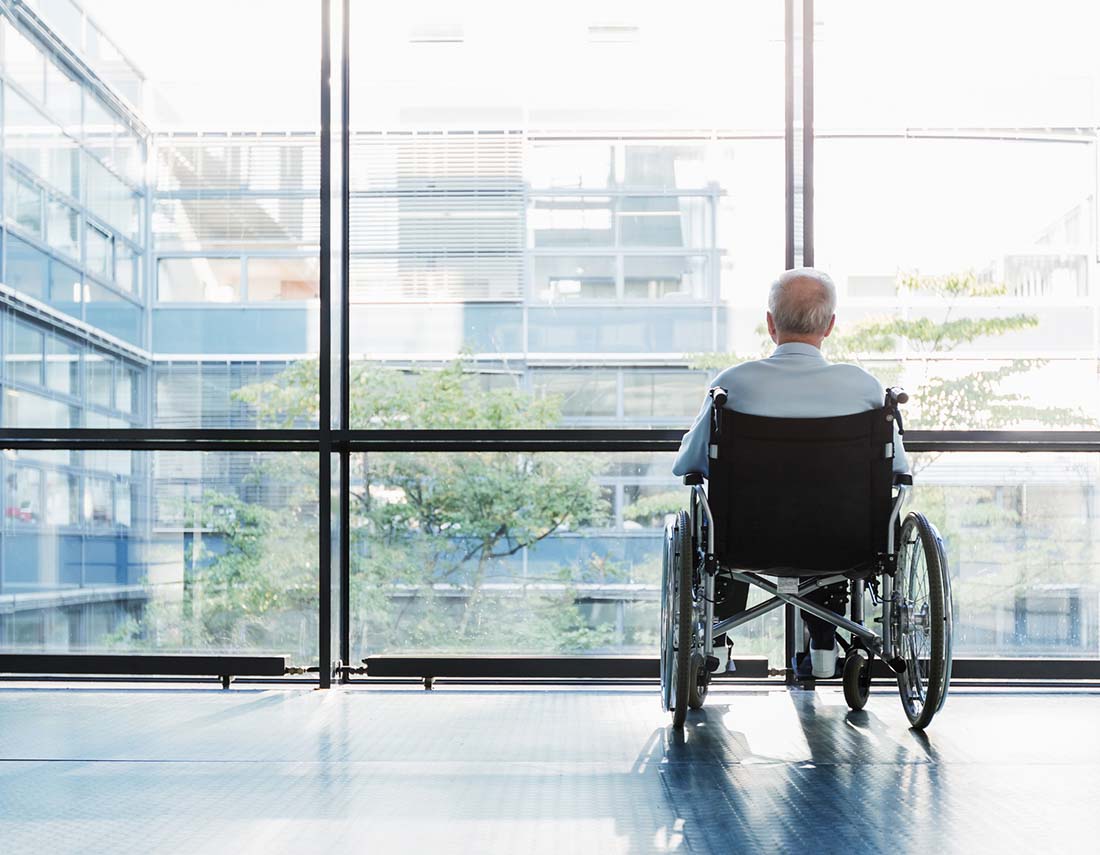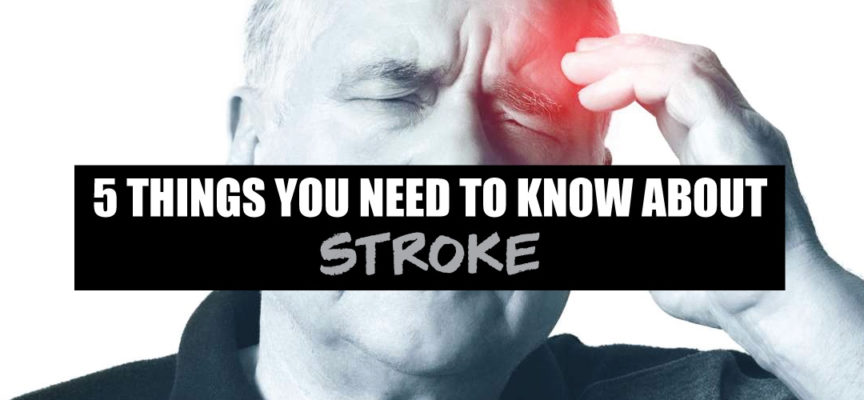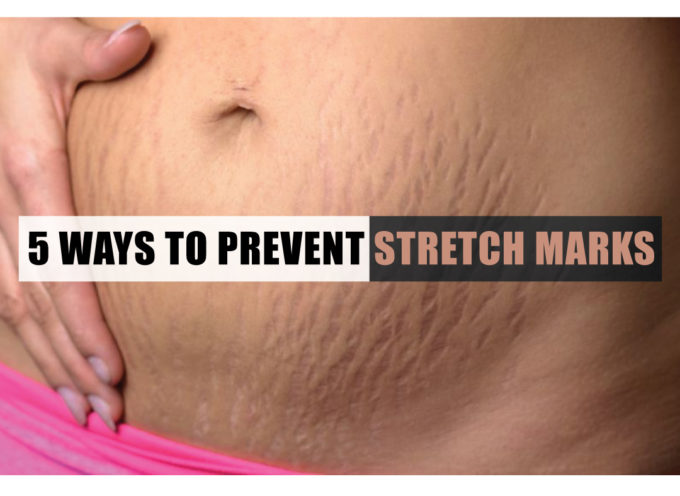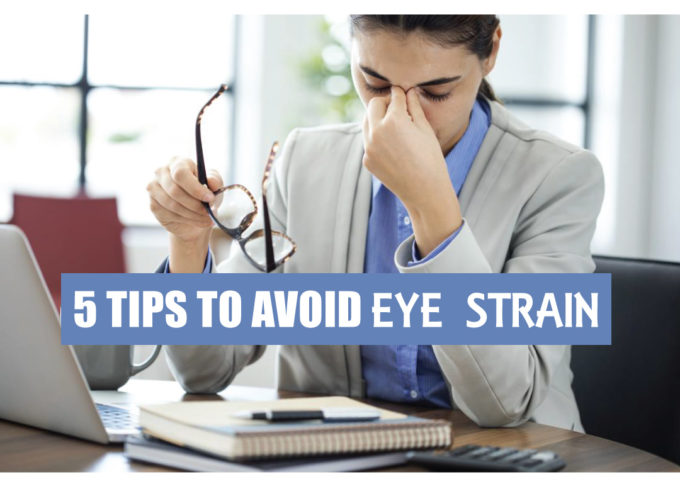Strokes are brain attacks. A stroke is a medical emergency that needs immediate medical attention. Do you know that approximately 40% of people who die from stroke are male, with 60% of deaths occurring in females. There are still some things that people don’t know about stokes.

ANYONE CAN GET STROKE
Many people assume that stroke only happens in older adults and senior citizens, but nowadays because of the different eating habits, too much of radiation, too busy until lack of physical activities, depression and anxiety, it can occur at any age yes even in children!
TIME IS CRITICAL
Stroke deprives brain tissue of essential oxygen and nutrient-rich blood, resulting in the death of brain cells. Every minute is critical! The faster a stroke patient receives treatment, the better the chance of recovery. That is why recognizing the signs of stroke early is so important.
THINK FAST
The acronym FAST (face, arms, speech and time) is a quick way to determine if someone is having a stroke. Difficulty smiling completely, lifting both arms and repeating a simple phrase are warning signs of stroke! Note the time and call ambulance immediately. Typical symptoms of stroke include sudden weakness or numbness of the face, arms or legs, especially on one side of the body, confusion or difficulty speaking or understanding, vision loss or dimness, balance or coordination problems, difficulty moving or walking, severe headache with no other known cause or loss of consciousness.

SPECIFIC TREATMENT TO STROKE TYPE
Strokes fall into 2 major categories, ischemic stroke and hemorrhagic stroke. An ischemic stroke is caused by a clot that blocks blood flow to the brain. Hemorrhagic strokes occur when a blood vessel that supplies blood to brain ruptures and bleeds. Stroke treatment depends on the stroke type. The gold standard treatment for ischemic stroke is thrombolytic therapy (also called “clot-busting” therapy). This therapy must be provided within 3 hours of the onset of symptoms. When this therapy is not effective or appropriate, other treatment options are available. One of the newest treatments for ischemic stroke includes the use of a stent retriever that restores blood flow to the brain and removes the blood clot. In hemorrhagic stroke, repair of the source of bleeding and control of pressure within the skull are both important aspects of treatment.
PREVENTION IS VITAL
Up to 80% of strokes can be prevented! The key to prevention is identifying and reducing controllable risk factors, including high blood pressure, atrial fibrillation, high cholesterol, diabetes, atherosclerosis, circulation issues, smoking, obesity and physical inactivity. The presence of a brain aneurysm (bulging in the wall of the blood vessel) is a risk for hemorrhagic stroke. If you have any of these risk factors, talk with your doctor about how to reduce these risks.









No comments!
There are no comments yet, but you can be first to comment this article.